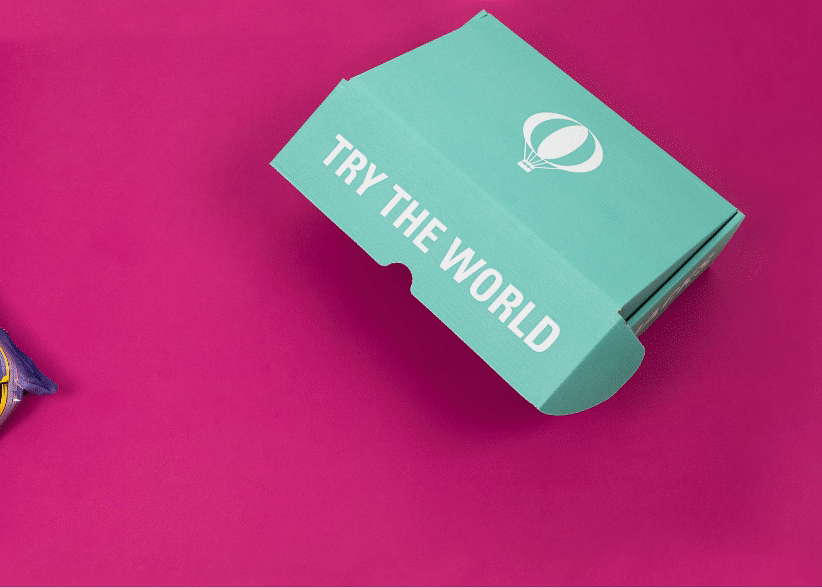Many tales can be told about Japanese tea culture, but one of the most fascinating centers around the tea-leaf storage jar named Chigusa, which is now housed in the Smithsonian’s Freer Gallery of Art collection. Some 700 years ago, this jar began its life as an ordinary storage jar among thousands of others made in a kiln in southern China filled with an unknown commercial product for a trade voyage to Japan.
These storage jars, and Chigusa in particular, are key components to the Japanese tea ceremony: sealed jars stored tea leaves harvested in the spring until the first use of the tea in late autumn, preserving the quality and allowing the flavor to ripen and mellow. Still today, tea gatherings, called kuchikiri (cutting the mouth), held for that occasion are the highlight of the year. They celebrate the first opening of the tea-leaf storage jar and tasting of the new tea.
Ceramic tea bowls and small jars for powdered tea were especially prized at this time. Their physical attributes, sizes, glazes and colors were closely observed and documented in written records by Japanese “tea men,” elite merchants, scholars, and rulers who immersed themselves in the culture of tea.
The custom of naming a tea-leaf storage jars thus emerged as a mark of honor and appreciation. Two hundred years after Chigusa’s birth, when it first appeared in the written record, it had already become a prized antique. The tea men who had owned it, remarked on it, written on it, and described it to one another in the context of chanoyu transformed it into an object worthy of recognition. Chigusa was deemed perfect in its many imperfections, and treasured for its idiosyncrasies in form, glaze, and coloration that distinguished it from other jars.
We can trace Chigusa’s path over hundreds of years, as it accumulated priceless accessories: sets of protective wooden storage boxes, a brocade mouth cover, and ornamental silk cords. In 2009, when Chigusa left Japan for the first time since its fateful voyage from China centuries earlier and was sold at auction in New York, the descriptions recorded in records of tea gatherings enabled Smithsonian curators to definitively identify this perfectly ordinary tea jar as one of the most famous objects in Japanese tea culture.
Three Chigusa objects: Tea-leaf storage jar named Chigusa from the Southern Song or Yuan dynasties, China | © Freer|Sackler Galleries; Kettle from the Muromachi period, Japan | © The Tokugawa Art Museum; Hand mill for grinding tea from the Heisei era, Japan| © Private Collection
To read about and see more of Chigusa and its accessories, please visit the museum website. You can also browse, pin and post the Freer|Sackler’s collection of tea objects thanks to Open F|S, which provides free, high-resolution online access to all of its 40,000 objects.
The Smithsonian’s Freer|Sackler Galleries are the national museums of Asian art. They contain one of the finest collections in the world, free and open to the public in Washington, D.C. You can browse, pin and post the museum’s remarkable tea objects throughOpen F|S, a digital resource that lets you search and download its entire 40,000-work collection.
The Smithsonian’s Freer Gallery of Art and Arthur M. Sackler Gallery







